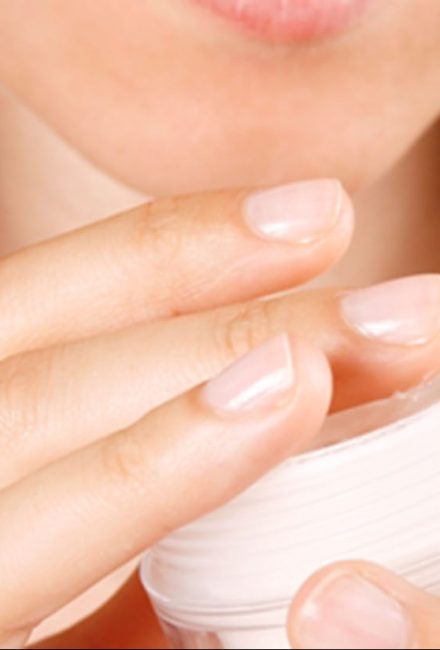Skin resurfacing is controlled injury to the skin in order to create smoothing and the evening of skin tone through the natural healing process. Any time the skin is wounded it goes through a multi-stage process of regeneration. One of the proteins that your skin produces in this process is collagen. We lose collagen as we age which is why our skin begins to sag, thin and wrinkle and acne scars fold and appear to worsen.
Waking up this collagen is an effective way to bring the skin back its strength and thickness.
Most people associate skin resurfacing with removing the top layers. That is one way and it is achieved with treatments like Dermabrasion, lasers like the ablative CO2 Laser and high strength chemical peels. There is always a risk of scarring, infection and worsening of pigmentation and the recovery time can be longer and require you to stop most of your regular activities for one to three weeks.
Because of these reasons, the non-ablative fractionated lasers have quickly risen in popularity for skin resurfacing.
Fractionated lasers like the Halo, emit two laser beams of differing wavelengths through the same channel in the skin that start the body’s healing process without removing the skin, leaving the tissue unharmed. Instead of dealing with oozing or weeping surface skin, the patient is red and swollen but still able to carry on with most activities (as long as they aren’t in the sun).
In skin resurfacing where the skin is not removed in the treatment, there is usually a peeling process which can last up to about a week. This is where your new, pink and delicate skin is exposed and needs extra care and protection with a broad spectrum sunblock and gentle handling.
Skin resurfacing can be used for everything from wrinkles, acne scars, pigmentation and melasma to surgical scars but it is not a necessary treatment for people with good quality skin that has a few sunspots. Those can usually be dealt with by less aggressive methods such as lightening creams and Intense Pulsed Light Therapy(IPL).
Because the Halo laser process is easier to handle, it can also take 4 or more treatments to get to the desired results that you may get in one ablative laser treatment. You will need to weigh the risks and downtime factors with your doctor to decide which is best for you.
It can take 3-9 months for your collagen to rejuvenate the area so this is not an overnight solution but the results of doctor-directed skin resurfacing are well worth the time and money spent.
For more information on skin resurfacing treatments in Vancouver, contact us.



